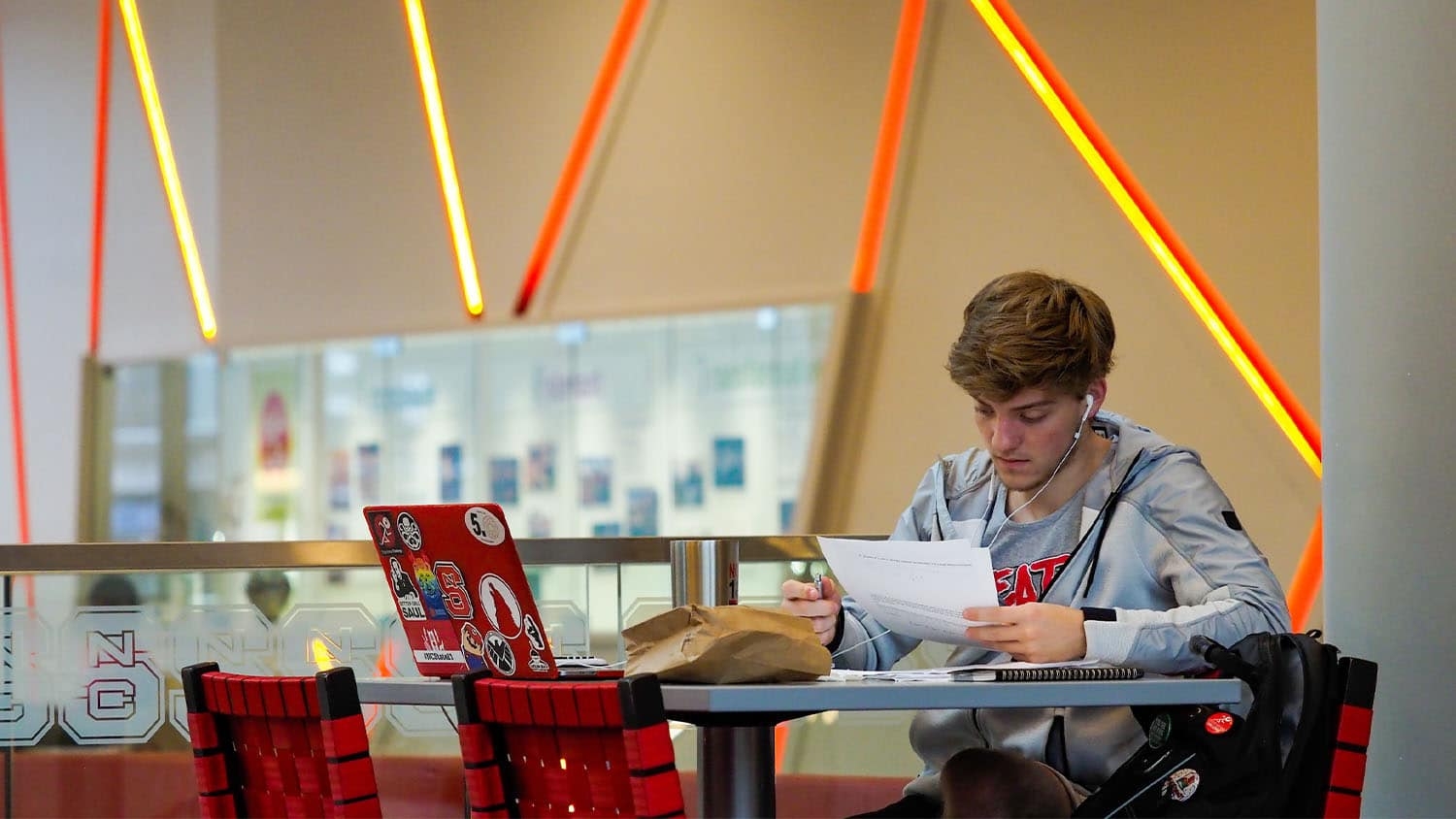Take a Virtual Front Pew Seat to Hear MLK’s “Fill Up the Jails”
 On February 16, 1960, Martin Luther King, Jr., delivered his first public endorsement of non-violent direct action as a means to achieve civil and human rights. Fifty years later, NC State University’s Virtual Martin Luther King Jr. Project has launched a website that includes a digital audio re-creation that puts listeners in the pews to hear the widely influential “Fill Up the Jails” speech.
On February 16, 1960, Martin Luther King, Jr., delivered his first public endorsement of non-violent direct action as a means to achieve civil and human rights. Fifty years later, NC State University’s Virtual Martin Luther King Jr. Project has launched a website that includes a digital audio re-creation that puts listeners in the pews to hear the widely influential “Fill Up the Jails” speech.
King’s speech, “A Creative Protest,” encouraged young people to “fill up the jails” in acts of civil disobedience in solidarity with the Woolworth sit-ins that began two weeks earlier in Greensboro. It was the first time King openly encouraged activists to disrupt and break the law through non-violent confrontation. “If the officials threaten to arrest us for standing up for our rights, we must answer by saying that we are willing and prepared to fill up the jails of the South. Maybe it will take this willingness to stay in jail to arouse the dozing conscience of our nation,” King said.
“North Carolina has been the location of many historic moments that impacted the country, including the sit-ins in Greensboro, the founding of the Student Nonviolent Coordinating Commitee (SNCC), and more recent political action such as the Moral Monday protests,” says Victoria Gallagher, NC State professor of communication and principal investigator of the research project. “The digital audio re-creation is a timely demonstration of social action where the community can experience the eloquence and force of King’s oratory and its enduring applicability for creative action through civil disobedience.”
Nationally recognized voice actor Marvin Blanks, known as the “orator of the century,” re-enacted the speech earlier this year at White Rock Baptist Church in Durham, NC, the original location of the speech. He performed the speech before an audience of more than 200 people. Project developers used he recording to create an immersive audio experience that places audiences in the pews. In addition to an audio model of the catalytic speech, the virtual MLK website offers the public a multimedia archive and resources for students and educators. The project’s larger effort is to develop a 3-D immersive, architectural model of the speech environment and an online environment for studying and experiencing the speech.
- Categories:


